India's Coal Rush, a new documentary on the digital channel of Al Jazeera, traces the precarious state of India’s coal belts. It discusses the possible impact of the increasing demand for coal on the environement of the country
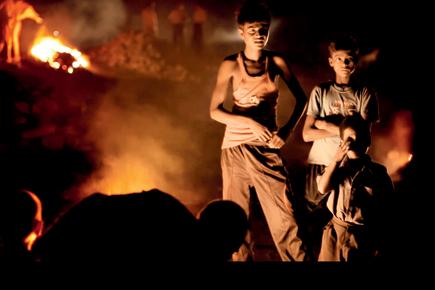
coal rush
![]() The heart of India’s energy source is black — literally so for its primary dependence on coal and metaphorically so for what coal mining does to people involved in and living around mines.
The heart of India’s energy source is black — literally so for its primary dependence on coal and metaphorically so for what coal mining does to people involved in and living around mines.
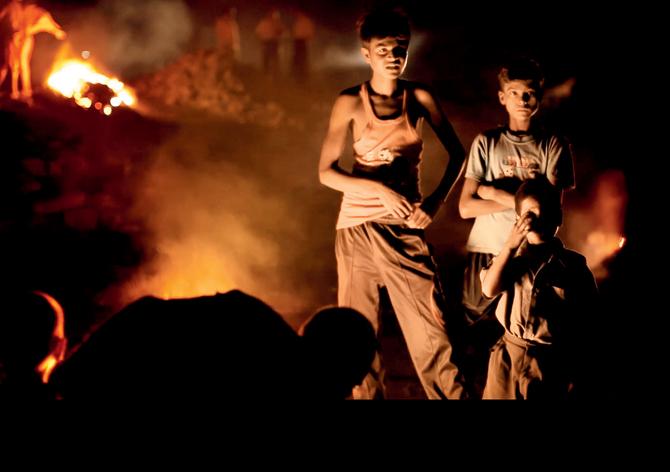
Coal mine workers photographed by the filmmakers during their documentary research. Pic courtesy/Enrico Fabien & Vikram Singh
ADVERTISEMENT
Enrico Fabian and Vikram Singh have documented this dark story in a new film on Al Jazeera’s digital news channel AJ+. This film highlights the impact of India’s growing production and consumption of coal.
The filmmakers travelled from Chhattisgarh to Jharia in the Dhanbad district of Jharkhand. They spoke with locals, government authorities and NGOs to trace the devastating effects that India’s rapidly increasing need for coal has on the people and the environment.
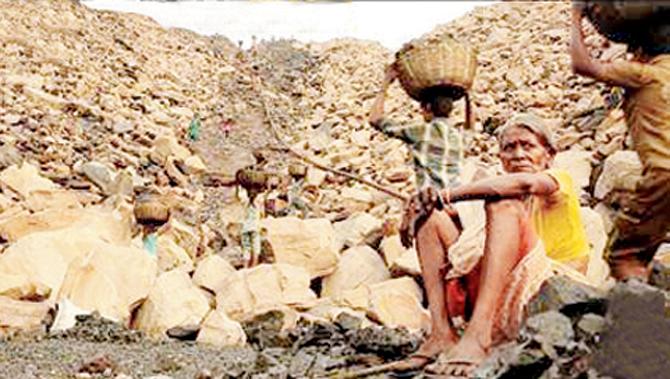 Images from the coal belts of India. Pics/ Enrico Fabien and Vikram Singh
Images from the coal belts of India. Pics/ Enrico Fabien and Vikram Singh
Q.When and how did you choose the story of your film?
A.Enrico: The main idea came from Vikram who was also the initiator of this film project. Before working on the film for AJ+, Vikram had already explored the issue of coal in some earlier projects. So, he was not only already very well-informed about the what, where and why but also had built important contacts on the ground. He had a great interest in further exploring the relation between coal and development, coal and environment, and I think most importantly coal and people.
Vikram: I’ve always been interested in issues surrounding energy, environment and sustainability, and I’ve previously reported on the coal fires of Jharia. So, when the new government announced it would aim to double coal production, I felt it was important to somehow document the impact of that decision on people living in coal-producing regions and also what it would mean for the environment and climate change.
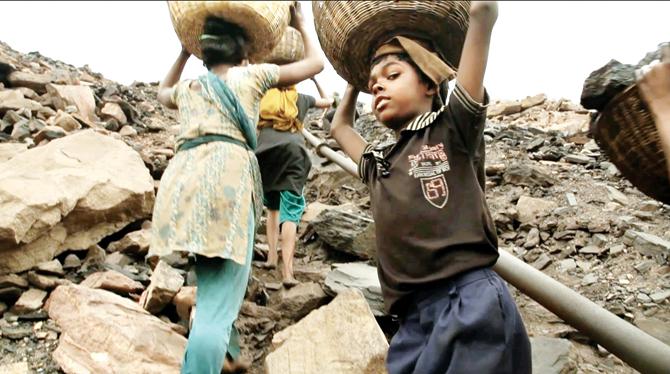
Q.How long did it take?
Vikram: Filming took a couple of weeks, though we had been preparing the project for close to four months by that stage.
Q. Could you share some experiences?
Enrico: Being in the coalfields of Jharia was overwhelming. The whole area is rough, not easy to access. Here, roads are filled with trucks transporting coal in a seemingly endless rush of noise and dust. The coal fields seem like gigantic holes ripped into the earth and once one gets to look inside, you see gigantic machines harvesting this resource…once again it is loud, busy, dusty and noisy. Yet, I think the most moving experience for us was, of course, the people who either live next to the mines or work within them. The simple man bears the burden of many things in these areas. They live in houses, which are filled with sulfur fumes caused by never ending coal fires burning underneath their property.
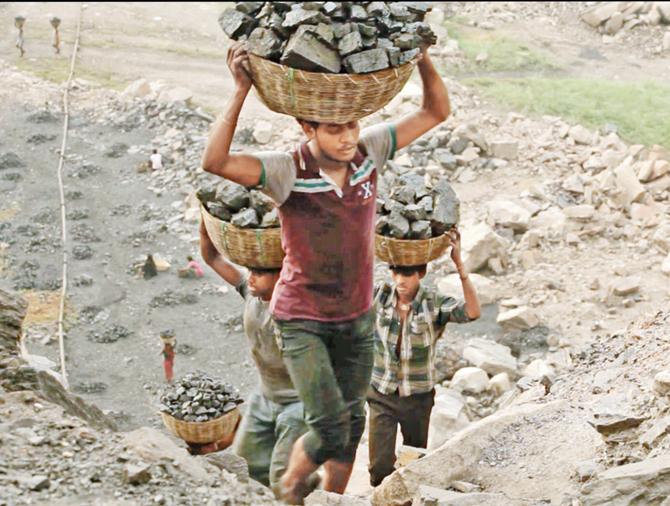
The walls of their simple houses have huge cracks because of the coal fires heat. Their sights when leaving their houses are the wounds of the land which once was a rich, their, forest. Work and life is a daily hardship for making a little money to feed the family. Faces are black from coal dust after they come from work, and slowly blacken over them once again while cooking the coal, which they harvested and eventually, wish to sell at small local markets or to traders. We saw how a lot of children and teenagers have also to contribute to the survival of the family.
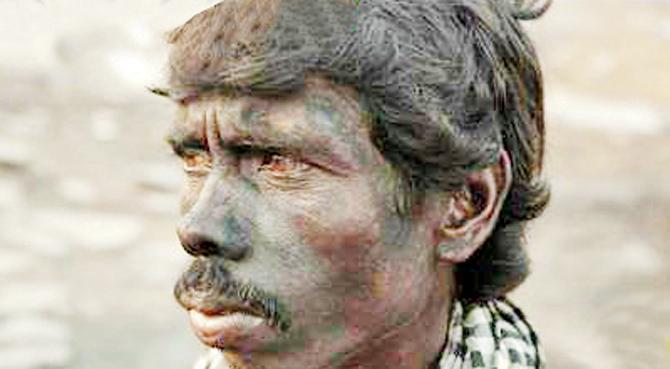
They carry heavy baskets filled with coal up step cliffs out of the mines. Yet, and this is mostly the case when you are in such areas, everyone was friendly and welcoming
Vikram: I agree with Enrico. People in Jharia live in some of the most difficult imaginable circumstances, and yet they remain incredibly generous and spirited. But otherwise, what I came away with was the incredible sacrifices people have to make — to their health, well-being and future — because of the destructive manner in which these resources are exploited.
Q.What according to you can be an alternative to coal in India’s development journey?
Enrico: Based on India’s heavy energy needs for the moment it seems that there are not many alternatives, which could cover the amount of energy needed. Of course, there are always the options of hydropower, solar power, geothermic energy and so on. But one has to see that a certain infrastructure and technical maintenance is needed to harvest energy on a large scale and efficiently. Coal isn’t the most effective source of energy. Yet, the negative impact that coal has on people and their environments can be minimised if the processes of mining and of burning coal to harvest energy is optimised and brought up to a certain standard. The problem is that the overall process of harvesting and processing coal makes the use of it dangerous for the people and environment.
Vikram: To completely replace coal is currently unfeasible, and we’re not suggesting that. As Enrico says, the idea is to make the process of extraction and power-generation less destructive and more efficient, to minimise the impact on people’s lives. And there are alternatives — solar is now effectively cheaper to add to the grid. Plus, when we calculate the cost of coal, we should start factoring in the price of health and environment damage, which is colossal.
 Subscribe today by clicking the link and stay updated with the latest news!" Click here!
Subscribe today by clicking the link and stay updated with the latest news!" Click here!







